When it comes to purchasing planters, one key decision that every B2B buyer must consider is whether to choose planters with drainage holes or without. This decision may seem minor, but it has a significant impact on the functionality of the planter, the health of plants, and the suitability for various markets.
For B2B purchasers, understanding the requirements of your clients or the target market is crucial to making the right procurement decisions. This guide provides a professional and objective analysis of when planters with holes are necessary, when they are not, and how market preferences vary across different regions.
Why Are Drainage Holes Important?
The primary function of a drainage hole in a planter is to allow excess water to escape. Proper drainage ensures that the roots of the plants are not sitting in water, which can lead to root rot—a common issue for many plants. Root rot can stifle plant growth and eventually lead to the plant’s death.
Planters with drainage holes are generally recommended for plants that thrive in well-drained soil, such as succulents, cacti, and many herbs. Without a hole, water may accumulate at the bottom of the pot, leading to overwatering and drowning the roots. For B2B buyers catering to large gardening markets or nurseries, this distinction is important, as the type of plant being grown will dictate the necessity of drainage holes.
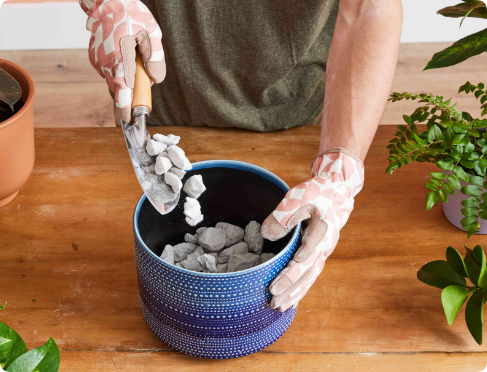
When Are Planters Without Holes Suitable?
Planters without drainage holes are often used for decorative purposes, or in scenarios where there is a need to contain water, such as indoor environments where water leakage could cause damage to flooring or furniture. These types of planters are also suitable when using a double-pot system—placing a smaller pot with a hole inside a larger decorative pot without one.
Some plants, like certain indoor varieties, do not require as much drainage or may be more tolerant of consistent moisture. However, without a drainage hole, it becomes more important for the user to monitor the watering carefully and use proper soil or a layer of gravel at the bottom of the planter to allow for some drainage. For B2B purchasers targeting markets that focus on indoor plants or decorative planters, options without holes might be more desirable.
Analysis by Use Case: Planters with Holes vs. Planters Without Holes
1. Outdoor vs. Indoor Use
- Outdoor planters: Planters with drainage holes are almost always recommended for outdoor use. In outdoor environments, rainwater can easily accumulate, so a drainage system is essential to prevent waterlogging. Most outdoor plants, especially larger shrubs, trees, or flowering plants, require well-draining soil to thrive.
- Indoor planters: For indoor environments, planters without holes are often preferred for aesthetic reasons and to prevent water damage to floors or furniture. However, indoor planters without drainage require careful watering to avoid over-saturation of the soil.
2. Plant Type
- Drought-tolerant plants (succulents, cacti): These plants require well-draining soil and are highly susceptible to root rot. Planters with holes are critical for maintaining their health.
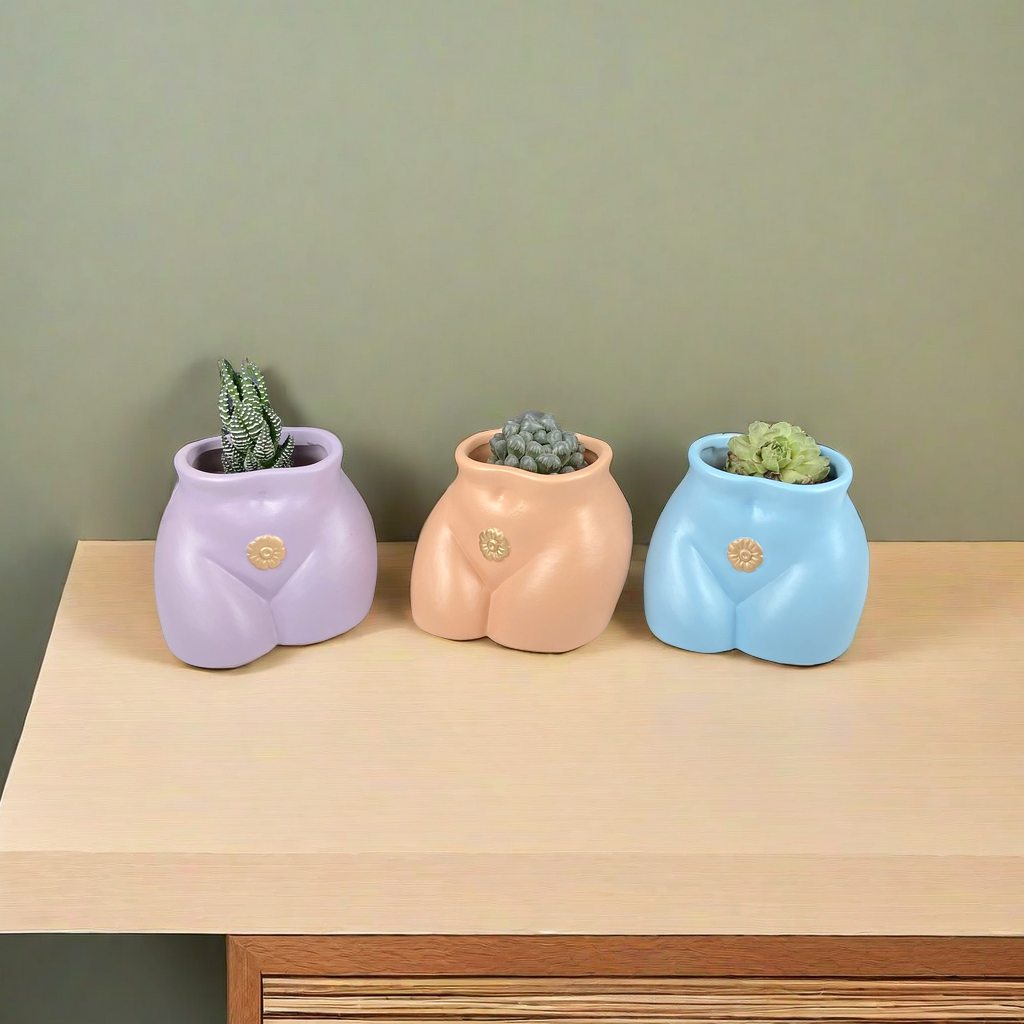
- Tropical plants: These plants prefer more moisture and may tolerate planters without drainage holes, but still benefit from some form of water regulation, such as a layer of pebbles at the bottom of the pot.
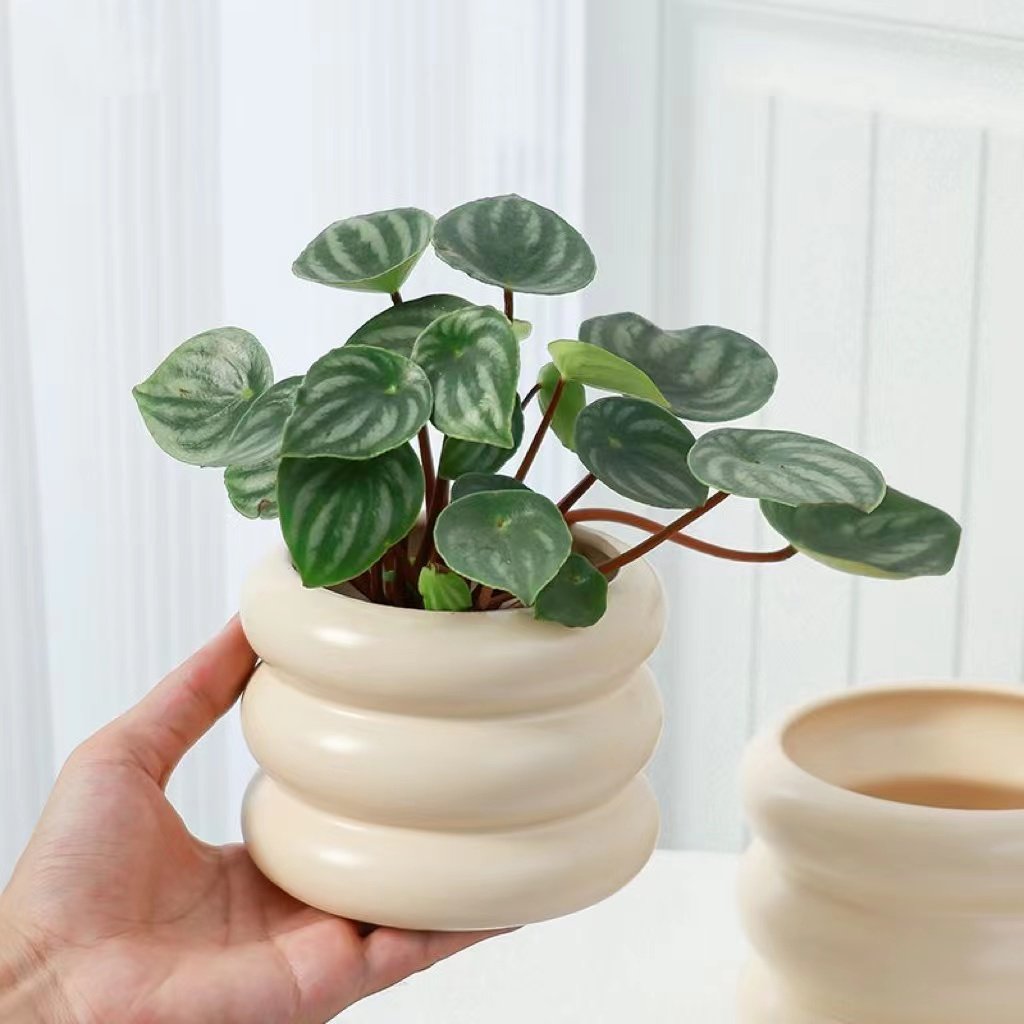
- Hydroponic systems: Some plants grow well in water-based systems and don’t require soil. For these scenarios, planters without drainage holes may be the best option, as they contain the water in which the plant grows.
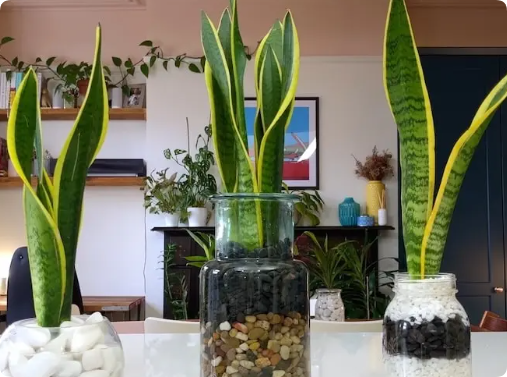
3. Size of the Planter
- Small pots: For small planters, especially those used for small houseplants, drainage holes are essential to ensure excess water can escape. Small pots can easily retain too much water, especially when plants are overwatered.
- Large pots: Large planters, especially for trees or shrubs, require drainage holes as the large soil volume can hold significant amounts of water, increasing the risk of waterlogging if not drained properly.
Market Preferences by Region: Planters with Holes vs. Planters Without Holes
Understanding market preferences by country is essential for B2B purchasers. Different regions have varying climates, cultural preferences, and gardening practices, which can affect the demand for planters with or without drainage holes.
Countries That Prefer Planters with Holes
- United States
- In the U.S., there is a strong preference for planters with drainage holes, particularly in the gardening and landscaping industries. American consumers and businesses place a high value on plant health and outdoor gardening, where proper drainage is a critical factor.
- Australia
- Given Australia’s hot and dry climate, planters with holes are essential for maintaining plant health. Drainage helps ensure that excess water doesn’t sit in the soil, which could be detrimental to plants in such an environment.
- United Kingdom
- The UK market has a mix of both indoor and outdoor gardening needs, but the preference leans towards planters with drainage holes for outdoor gardens. The climate, with frequent rain, necessitates proper drainage to prevent overwatering.
- Canada
- In Canada, especially in regions with heavy rainfall, drainage is critical for outdoor planters. The cold winters and wet seasons demand well-drained soil to prevent damage to plants due to water accumulation and freezing.
Countries That Prefer Planters Without Holes
- Japan
- Japanese interior design and gardening often emphasize aesthetics and minimalism. Planters without drainage holes are preferred for indoor use, particularly when placed on tatami mats or wooden floors, as water damage is a concern.
- China
- In China, many urban dwellers favor indoor gardening with decorative planters that do not have drainage holes. The preference for aesthetics in home decor often outweighs concerns about plant health, especially for smaller, ornamental plants.
- Middle Eastern Countries
- In many Middle Eastern countries, where indoor and rooftop gardening is prevalent due to the harsh outdoor climate, planters without holes are often preferred to avoid water leakage in indoor settings. However, these planters are typically paired with water management systems or used with specific plants that tolerate low drainage.
- Scandinavia
- Scandinavian design places a strong emphasis on clean lines and functionality. For indoor environments, planters without holes are often used to maintain the minimalist aesthetic while avoiding water damage to floors. However, there is also a growing trend towards self-watering pots, which help maintain plant health without the need for drainage holes.
Key Considerations for B2B Buyers
1. Target Market
Understanding the preferences of your target market is critical. If you’re targeting regions with strong gardening cultures, such as the U.S. or Australia, planters with drainage holes will likely be a higher priority. For markets focused on indoor decor, such as Japan or China, planters without drainage holes may be more desirable.
2. Type of Clients
B2B buyers should also consider the type of clients they are serving. If your clients are plant nurseries or landscaping companies, drainage holes will be an essential feature in the planters you procure. For retail clients focusing on home decor or small indoor plants, planters without holes might better meet their needs.
3. Price Point and Material
Planters with holes may be slightly more expensive due to the additional labor or machinery required during manufacturing. For budget-conscious markets, you may need to weigh the importance of this feature against the overall cost.
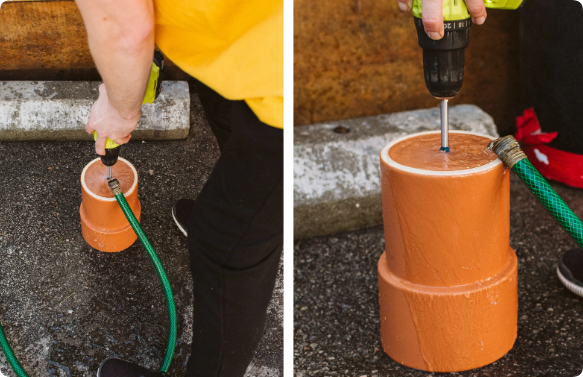
4. Customization and Versatility
Offering a combination of planters with and without drainage holes can broaden your market appeal. Some manufacturers also offer the option of including a removable plug, giving customers the flexibility to choose based on their needs.
Conclusion
For B2B buyers in the planter market, deciding whether to procure planters with or without drainage holes depends on several factors, including the target market, plant type, and use case. Planters with drainage holes are crucial for maintaining plant health in outdoor settings and for many types of plants, while planters without holes are better suited for decorative, indoor environments where aesthetics and water containment are priorities.
By understanding the specific requirements of your clients and the preferences of various markets, you can make informed purchasing decisions that will satisfy your customer base and improve your business outcomes.

